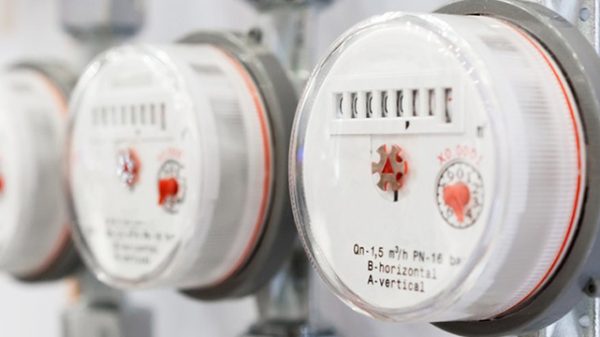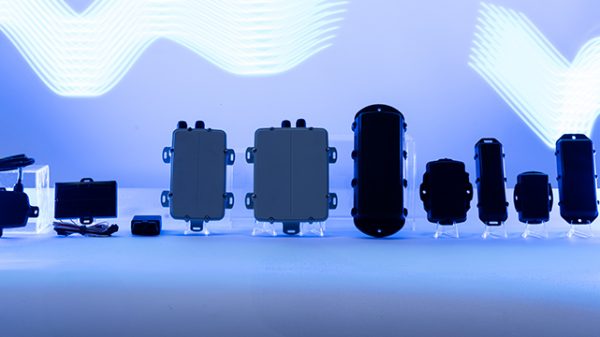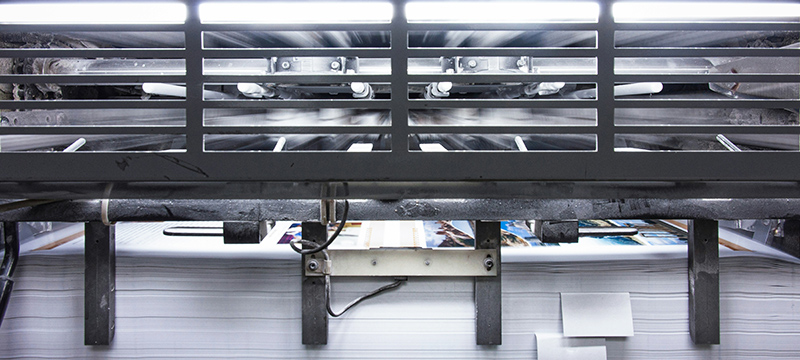In an era dominated by digital innovation, where smartphones, tablets, and smart devices have become ubiquitous, one might expect traditional bookstores to fade into oblivion. However, contrary to popular belief, bookstores have not only survived but are thriving in this digital age. The secret behind this unexpected resilience lies in the symbiotic relationship between the Internet of Things (IoT) and traditional print. This relationship is not about replacing one with the other but rather about how these two seemingly disparate worlds complement each other to create a richer, more immersive experience for readers.
The Internet of Things: A Revolution in Connectivity
The Internet of Things (IoT) refers to the network of physical devices connected to the Internet, capable of collecting and exchanging data. From smart refrigerators that remind you to buy milk to wearable fitness trackers that monitor your health, IoT has infiltrated every aspect of our lives. In the context of bookstores, IoT has opened up a myriad of possibilities, enhancing the customer experience, streamlining operations, and even influencing the very nature of how books are printed and distributed.
IoT Enhancing the Bookstore Experience
One of the most significant impacts of IoT on bookstores is how it has transformed the customer experience. In a world where convenience is king, IoT allows bookstores to offer personalised and efficient service. For instance, smart shelves equipped with RFID (Radio-Frequency Identification) technology can automatically track inventory, ensuring that popular titles are always in stock. When a book is picked up from the shelf, the system can instantly provide customers with information about the book, related titles, or even special offers via in-store displays or their smartphones.
Moreover, IoT devices can gather data on customer preferences and buying habits, allowing bookstores to tailor their offerings more precisely. This data-driven approach means that bookstores can curate their inventory based on what their customers want, enhancing customer satisfaction and loyalty. Imagine walking into a bookstore where the latest releases from your favourite authors are prominently displayed, or receiving a notification about an exclusive event featuring a genre you’re passionate about. IoT makes these possibilities a reality.
Quality Book Printing in the Digital Age
While IoT has undeniably enhanced the customer experience, it has also played a crucial role in the realm of book production, particularly in the area of quality book printing. The demand for printed books remains strong, and the quality of these books has never been more important. Readers expect high-quality printing, with crisp text, vibrant images, and durable binding. IoT has facilitated advancements in printing technology, allowing publishers to meet these expectations.
Modern printing presses, connected to the IoT, can monitor and adjust printing processes in real time to ensure consistent quality. IoT-enabled sensors can detect even the slightest variations in colour, alignment, or paper quality, automatically making adjustments to maintain the highest standards of quality book printing. This not only ensures that the books look and feel premium but also reduces waste and production costs.
The Continued Relevance of Print in the Digital Age
Despite the rise of eBooks and audiobooks, the demand for printed books remains robust. The tactile experience of holding a book, flipping through its pages, and admiring its cover art is something that digital formats cannot replicate. This is where the symbiotic relationship between IoT and traditional print truly shines. Rather than replacing printed books, digital formats have expanded the reach of literature to a new, tech-savvy segment of consumers.
The convenience of eBooks and audiobooks has undoubtedly changed the way people consume content, especially in our fast-paced, multitasking world. However, many readers still prefer the tangible connection they feel with a printed book. Bookstores have capitalised on this by offering a hybrid experience that combines the best of both worlds. For instance, customers can use IoT-powered apps to browse a bookstore’s inventory online, read reviews, and even preview chapters before deciding to purchase a physical copy in-store.
Additionally, IoT has enabled bookstores to offer enhanced services that bridge the gap between digital and print. For example, some bookstores provide QR codes on their book displays, allowing customers to access additional content such as author interviews, related articles, or interactive maps that complement the book’s content. This integration of digital elements into the physical shopping experience enriches the reader’s journey, making bookstores more than just places to buy books but also hubs of literary discovery.
The Cultural Significance of Bookstores
Bookstores are more than just retail spaces; they are cultural institutions that play a vital role in the literary ecosystem. They serve as community hubs where readers, authors, and intellectuals come together to share ideas and foster a love for literature. This cultural significance is something that digital formats alone cannot provide. Bookstores host book signings, readings, and discussions that create a sense of community and connection that is irreplaceable.
The integration of IoT in bookstores has not diminished this cultural role. On the contrary, it has enhanced it by making bookstores more dynamic and interactive. IoT has enabled bookstores to create personalised experiences for their customers, offer high-quality printed books on demand, and seamlessly blend the digital and physical realms. This has allowed bookstores to remain relevant and even thrive in an increasingly digital world.
Conclusion: A Symbiotic Future
The relationship between IoT and traditional print in the context of running a bookstore is a perfect example of how technology can enhance rather than replace traditional practices. IoT has revolutionised the way bookstores operate, from inventory management to customer engagement, while also improving the quality of book printing. At the same time, the enduring appeal of printed books ensures that bookstores will continue to play a vital role in our culture.
As we move further into the digital age, it is clear that printed books and digital formats will continue to coexist, each offering unique advantages that cater to different needs and preferences. Bookstores that embrace this symbiotic relationship by integrating IoT into their operations while maintaining a focus on quality book printing and the customer experience will be well-positioned to succeed in the years to come. The future of bookstores is not about choosing between print and digital but about finding innovative ways to combine them, creating a richer, more diverse literary landscape for all.
The post The Symbiotic Relationship Between IoT And Traditional Print When Running A Bookstore appeared first on IoT Business News.






















